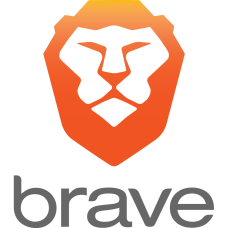

Brave 1.0, running on Android, iOS, Windows 10, macOS, or Linux, integrated "almost all of Brave's marquee features across all platforms", according to Engadget. At the time, it had approximately 3 million active users on a daily basis. īrave launched its stable release, version 1.0, on 13 November 2019, while having 8.7 million monthly active users overall. The uBlock Origin and Ghostery algorithms inspired the new logic, which Brave claims to be on average 69 times faster than the previous algorithm. In June 2019, Brave started testing a new ad-blocking rule-matching algorithm implemented in Rust, replacing the previous C++ one. Brave Software released the final Muon-based version with the intention that it would stop working and instructed users to update as its end-of-life approached. Nevertheless, Brave developers moved to Chromium, citing a need to ease their maintenance burden. Until December 2018, Brave ran on a fork of Electron called Muon, which they marketed as a "more secure fork". Later that month, Brave added support for Tor in its desktop browser's private-browsing mode.


Brave announced that expanded trials would follow. This version of Brave came preloaded with approximately 250 ads and sent a detailed log of the user's browsing activity to Brave for the short-term purpose of testing this functionality. In June 2018, Brave released a pay-to-surf test-version of the browser. On 20 January 2016, Brave Software launched the first version of Brave with ad-blocking capabilities and announced plans for a privacy-respecting ad platform. On, CEO Brendan Eich and CTO Brian Bondy founded Brave Software. 7.3 "Private Window with Tor" DNS leaks.7.1 Brave browser collecting donations on behalf of content creators.


 0 kommentar(er)
0 kommentar(er)
